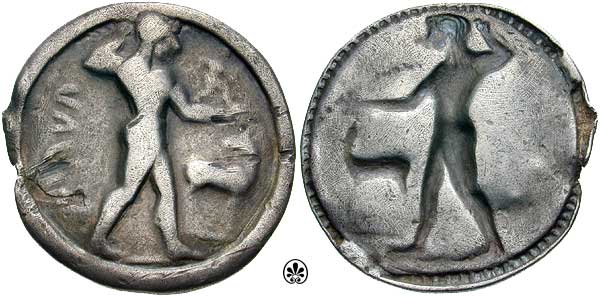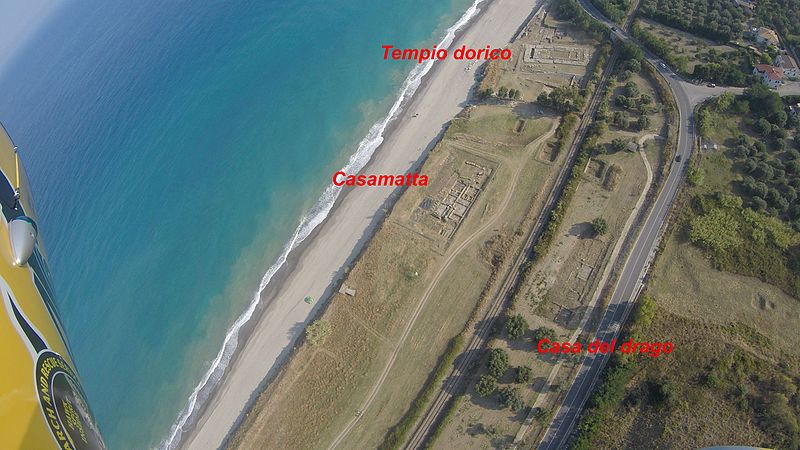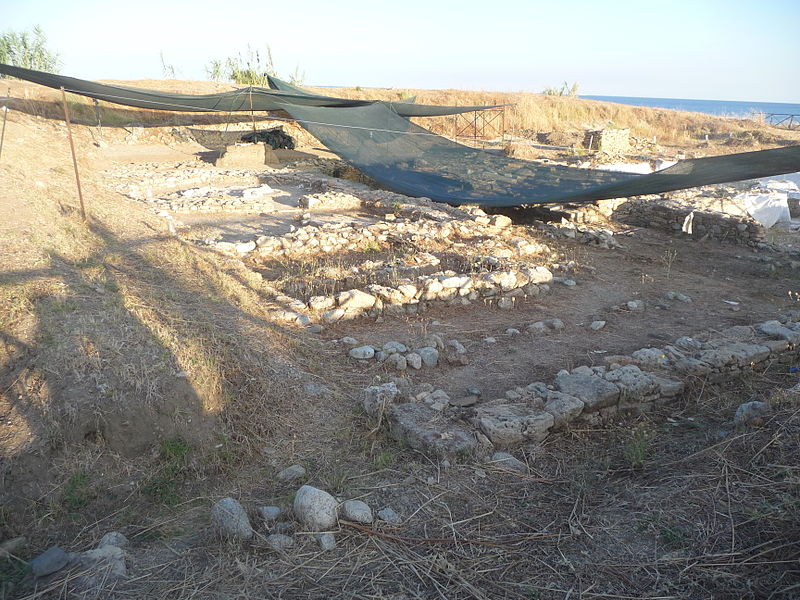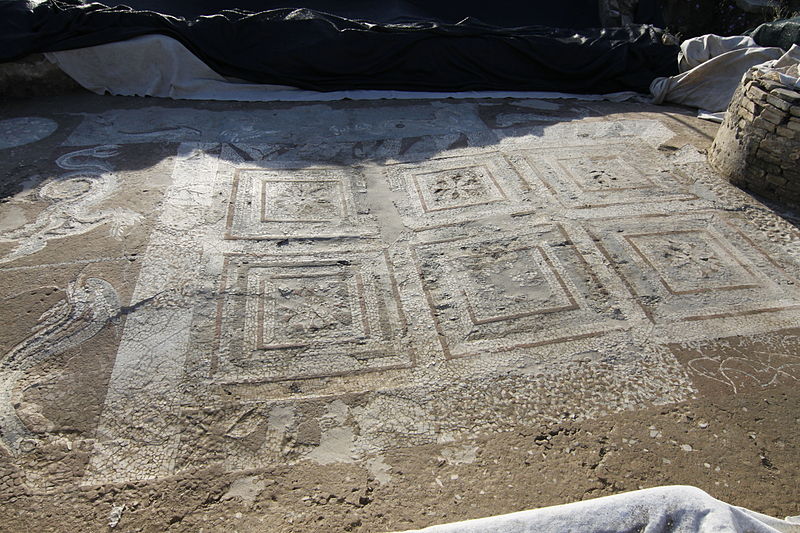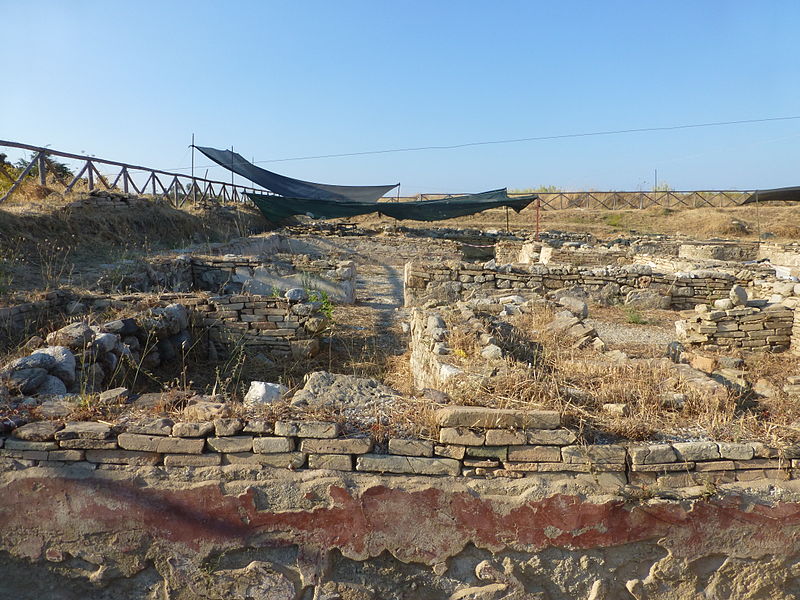Caulonia Ancient City
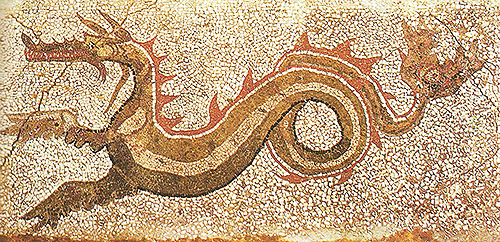
Facts and practical information
Caulonia Ancient City, nestled in the heart of Calabria, Italy, is a testament to the rich tapestry of history that has woven itself through the Italian peninsula. As an archaeological site of significant import, Caulonia beckons historians, archaeologists, and tourists alike to explore the remnants of a once-thriving center of Magna Graecia.
Founded in the late 7th century BCE, Caulonia was originally a colony of Achaean Greeks and became a notable city-state in the classical period. Its strategic position along the Ionian coast facilitated its growth as a commercial hub, fostering exchanges between the Greek world and the indigenous populations of the Italian south.
The city's ruins offer a window into the distant past, with remnants of temples, fortifications, and urban structures dotting the landscape. Of particular interest is the Sanctuary of Castellas, where visitors can witness the remnants of Doric columns and sacred altars that once formed the heart of the city's religious life.
Caulonia's decline began in the Roman period, with the city suffering from Hannibal's campaigns during the Second Punic War and later from the shifting trade routes that favored nearby Locri. The ancient city eventually fell into obscurity, leaving behind a treasure trove of archaeological wonders for modern-day explorers.
Excavations have unearthed exquisite terracotta figurines, pottery, and inscriptions, shedding light on the cultural and artistic achievements of its inhabitants. These artifacts, now preserved in various museums, serve as a crucial link to understanding the Hellenic influence on the Italic peninsula.
Caulonia Ancient City – popular in the area (distance from the attraction)
Nearby attractions include: Monasterace Archeological Museum, Castello di Monasterace, Castello San Fili, Punta Stilo.


